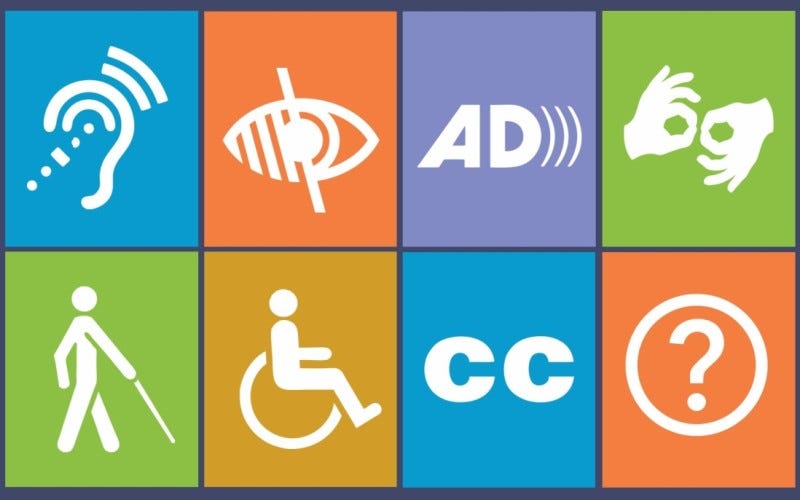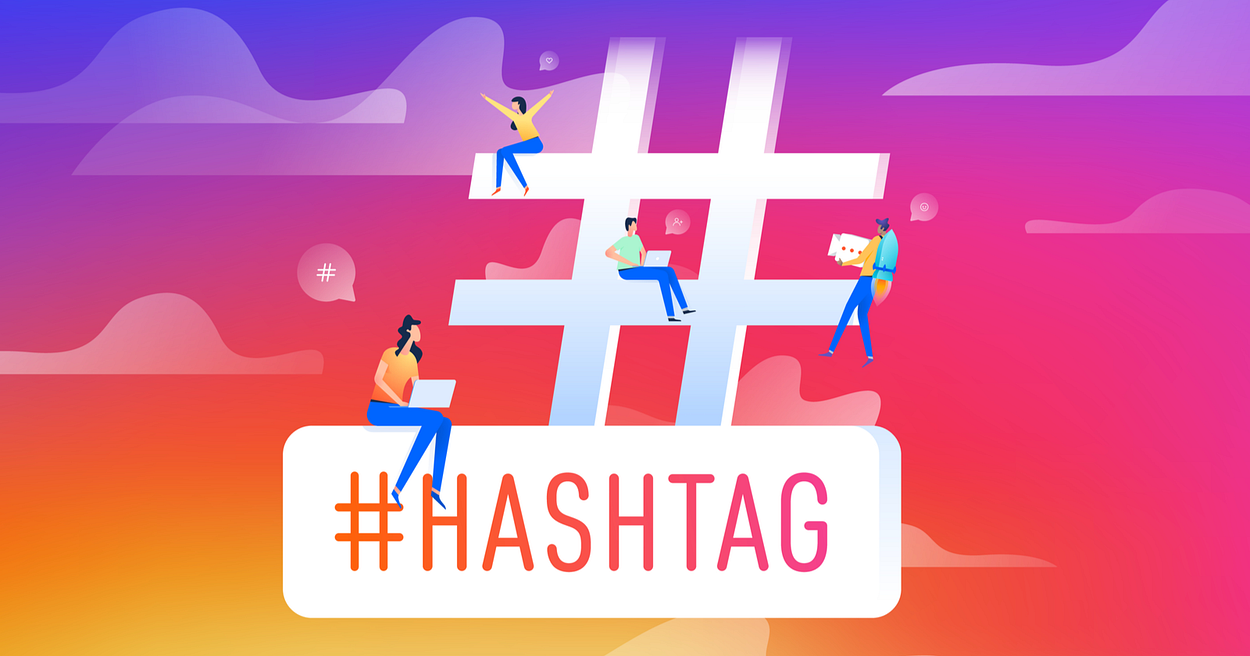Accessibility
Table of contents
Accessibility

Web Accessibility
OVERVIEW
“The more you look, the less you see”. — This is a paradox!
Everyone deserves access to the internet regardless of their status or disabilities. Accessibility features are very important when it comes to content creation (authoring). The same goes for content consumption by different users.
USER NEEDS
Different users need varying needs of accessibility features. But, the same information must need to be available to everyone. Users without any disability may want easily readable text and aesthetics of the User Interface (UI). Another user with a visual disability would most likely look forward to using screen readers like Jaws, NVDA or Voiceover. Keyboard navigation with focus effect and mouse hover effect are also essential. This is a good encouragement for people with disabilities to explore the web.
Different strokes for different folks. The accessibility feature preferred by a user challenged with hearing impairment is not audio. He would prefer an autocomplete code style like anyone else. Forms on websites should have codes with easy accessibility in mind. For example,
<input type="text" inputmode="tel" />
<textarea type="text" inputmode="search" />
#HASHTAGS READABILITY

#hashTags
A screen reader is only able to read hashTags to users with a visual challenge when they appear in:
camelCase: #theseAreHashTags, or
snake_case: #these_are_hashtags, or
Kebab-case: #these-are-hashtags
LINKS

Links
When it comes to links, color is not enough to tell if a word is a clickable link. Underlining a link makes it easy for anyone to recognize it among other texts. Imagine a user with auditory and vocal impairment. The UI has to be very accommodating and appealing! Isn’t that correct? Yes, It is!
A PATIENT I ONCE ATTENDED TO
I once attended to a patient who could neither hear nor speak, yet, had refractive error. He complained that his vision was blurry while looking at any object from a distance. The normal procedure is for the patient to read aloud, a chart of scrambled alphabets positioned six meters away.
The purpose of this is to know how much of the alphabet he could see on the chart without guessing. This was to help him, because of the vocal impairment. A copy of the chart was then given to him to point to the alphabet one by one as they appeared on the chart six meters away. The patient's vision improved with the aid of glasses.
GOAL OF ACCESSIBILITY
The goal of accessibility features is to ensure that all users have equal and easy accessibility on the web. This includes access to the same information on any platform e.g. Wagtail, google search etc.